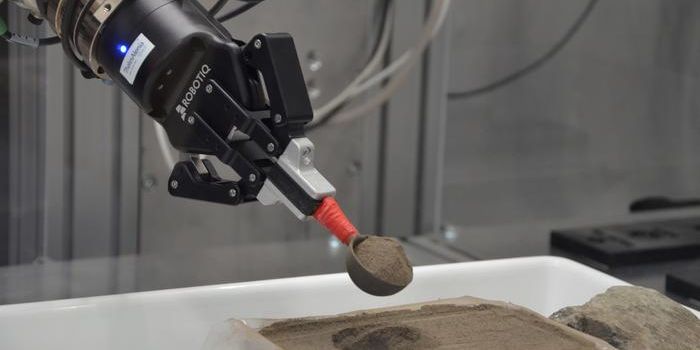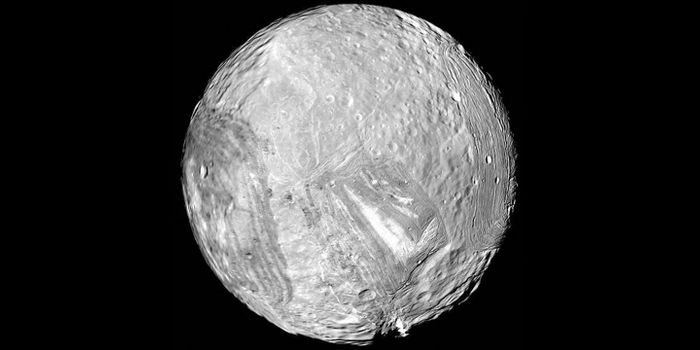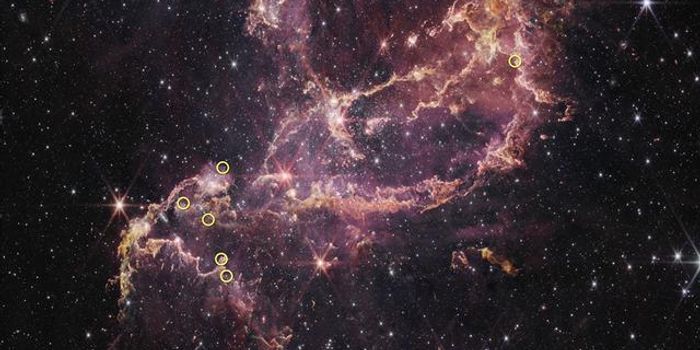Interstellar Ingenuity: How Voyager 1's Mission Team Solved the Puzzle
NASA’s Voyager 1 is the farthest human-made object ever sent into space with a current approximate distance of 15 billion miles from Earth having been in space for almost 47 years. Over that amount of time, it’s only natural that things break, and the spacecraft slowly loses some of its key functions, including communicating with Earth. As a result, Voyager 1 ceased sending data back to the Earth in November 2023 with the Voyager team scrambling to discover why. Now, after much brainstorming and creative thinking, Voyager 1 recently started sending data back to Earth for the first time since its November 2023 glitch.
The cause of the glitch was from a faulty computer chip responsible for storing a piece of the memory for the flight data subsystem (FDS), which is one of Voyager 1’s three onboard computers. However, things got interesting when the Voyager 1 team tried to put that code into other pieces of the FDS memory but discovered very quickly that the code was far too large to be put into one location. Therefore, the engineers opted to split up the code and insert pieces of it into various locations within the FDS while still ensuring that everything else functioned normally. In the end, the Voyager 1 team successfully re-established communications with the spacecraft and data are being returned to Earth normally, as well.
Launched on September 5, 1977, Voyager 1 helped humanity better understand Jupiter and Saturn and their many moons, revealing intriguing and mysterious worlds with previously unknown geologic and geochemical processes. This includes discovering the first evidence of active volcanism beyond Earth on Jupiter’s moon, Io, and the crater-less moon of Europa. After visiting Saturn and imaging several of its moons, the Voyager 1 team decided to send the spacecraft to exit the solar system, as its trajectory prevented it from continuing to Uranus and Neptune, which its sister spacecraft, Voyager 2, later conducted.
How much longer will Voyager 1 continue to transmit data to Earth as it continues its journey farther into the unknown in the coming years and decades? Only time will tell, and this is why we science!
As always, keep doing science & keep looking up!
Sources: NASA, NASA (1), NASA (2), Wikipedia
Featured Image: Artist's rendition of the Voyager 1 spacecraft as it travels through intertsellar space. (Credit: NASA/JPL-Caltech)








